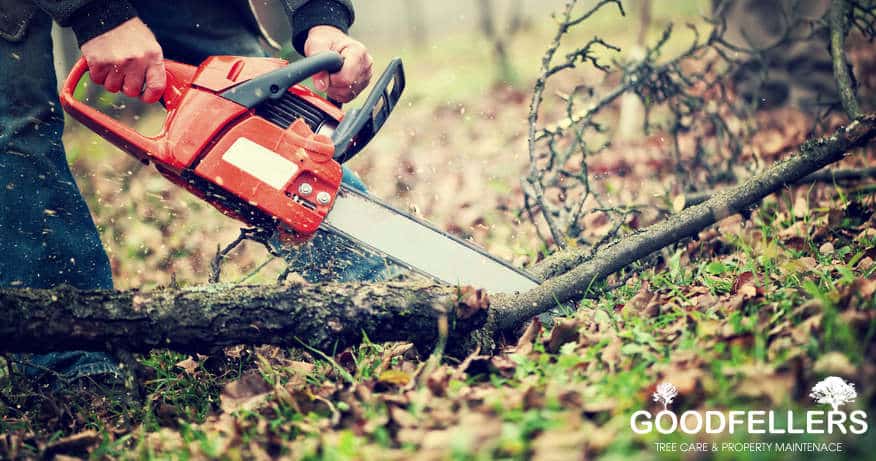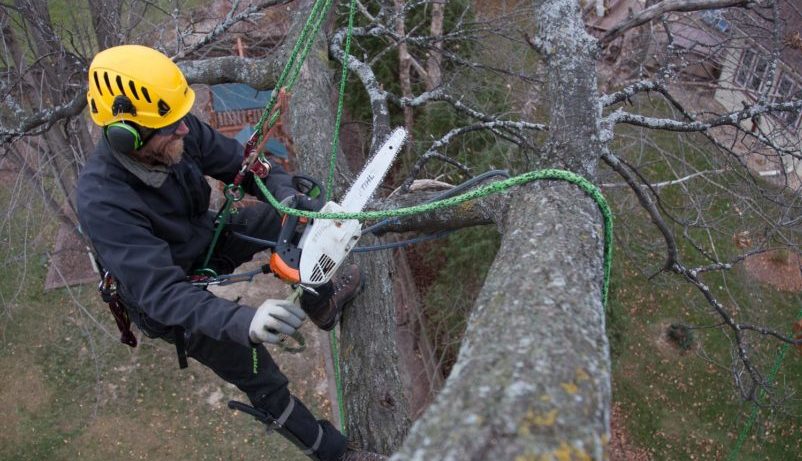When you’re looking for experienced Lullymore tree cutting, look no further than Good Fellers Tree Services.

We provide a wide range of tree care services to private commercial clients throughout Lullymore. With 14 years’ experience in arboriculture we possess the tools, skills and expertise needed to provide a first class tree care service. From tree pruning to felling to planting, the team are best-placed to meet your Lullymore Tree Surgery needs.
Great Value for Money in Lullymore and surround areas.
Good Fellers is a team of expert tree cutting that have a long history in providing an efficient and cost effective tree surgery service in Lullymore.

We offer a full range of local tree care services from tree shaping to tree planting with all works certified to Irish Standards.
The scope of our services include
- Tree Felling Lullymore, Tree Cutting Lullymore and Tree Removal Lullymore
- Stump Grinding Lullymore and Stump Removal Lullymore
- Tree Surveys and Reports
- Tree Pruning Lullymore and Hedge Trimming Lullymore
- Crown Lift, Crawn Reduction Lullymore and Crawn Thinning
- Site Clearance Lullymore and Management
- Tree Pollarding Lullymore
- Ivy Removal
- Emergency Call Out Tree Service Lullymore
- Tree Relocation and Reinstatement
- Protective Guards for Trees
- Japanese Knotweed Removal
- Supply and Planting of a variety of Trees and Hedges
- Split logs, fire wood, chip bark and mulch all supplied
- Climbers, Vines and Fruit Tree Pruning
- Supply of Railway Sleepers
In addition we offer a tree care consultancy that can help you with expert reports for mortgage or insurance companies and can help with applications to work on trees that have a Protected Tree Order (PTO).
We draw on the hands on experience and knowledge gained in over fifty years of arboriculture and use the latest equipment and techniques to provide a first class service at an affordable price to suit any budget.
Good Fellers tree cutting consistently gains top feedback from its clients in Lullymore.
This is a result of the team’s ability to deliver a high-quality service that represents great value for money. We believe that our customers deserve the best service possible. However, we also believe that you shouldn’t have to pay over the odds for it. This is why we strive to keep our prices as affordable as possible. To learn more about Good Fellers tree cutting services or to discuss your needs with one of the friendly team contact us. Call us now.
Useful Links: Garden & Landscape Designers Association, The National Gardening Association, Royal Horticultural Society of Ireland.
Basic Tree Maintenance Tips
Trees can typically be taken for granted however extreme weather can take its toll. It is essential to keep trees healthy and aim to prevent illness or weather damage.
Among the very first things you can do is discover the trees you want to care for and their specific requirements. If you’re not exactly sure about the type of tree you have, there are lots of resources online to help you, such as the Forestry Commission Tree Name Trail. When researching trees, the main points to watch out for are:
- Type of soil required
- Amount of water required
- Specific sensitivities (drought, water, wind, etc).
When you understand more about your trees, follow these 5 pointers to keep your trees resistant and healthy.
Secure the roots.
Focus on the zone around a tree approximately where the branches extend. Roots can extend beyond this zone but this is the area where roots are more sensitive. The key is to make sure that the soil is not too compact so that roots can keep taking in water and oxygen.
Protect the bark.
Think of the bark as an armour that safeguards the tree. Safeguarding the tree bark will prevent infections, illness or insect activity. Watch out for potential threats that could harm tree bark, consisting of:.
- Vehicles: trees near roads or driveways can suffer hits from high vehicles. Get rid of lower branches to avoid breakage and ensure trees are visible at night.
- Sprinkler system: a spray of water that over and over again hits bark at the exact same location can trigger damage. If you utilize sprinklers to water your lawn, make certain these don’t directly hit trees.
- Branches: branches rubbing versus each other can trigger damage to the bark. Prune branches correctly so branches don’t get braided.
- Lawn equipment: put on; t get lawn equipment near the tree trunks as this can trigger severe damage to the bark.
Water efficiently.
Trees typically grow well in existing wetness conditions and don’t require any extra watering. Nevertheless, depending on your regional environment, you might need to water your trees during extended periods of drought. If you do need to water trees in the summer, an occasional deep watering is chosen to a regular misting. In winter trees should not need any watering.
Prune effectively.
We’ve formerly blogged about pruning trees as it’s an important part of tree upkeep. It’s something you can do yourself if you know exactly what you are doing, otherwise you can constantly hire an expert. The main things to look out for are:.
- Crossing branches: remove the smaller sized branch so the stronger one can grow without being harmed.
- Broken and dead branches: a tidy cut will assist the tree heal.
Low branches: remove branches that are low and are vulnerable to damage (i.e. by an effect). You can also get rid of low branches for visual functions.
Keep soil healthy.
There are 2 methods you can ensure that the soil around your tree is abundant in nutrients.
- Usage mulch. Spread out a layer of mulch around your tree, about 2 to 4 inches thick. The mulch does not have to touch the trunk.
- Plant grass or some type of ground cover. Dead plant product will decay in the ground and improve the soil. Ensure your plants can prosper in the shade and that their roots don’t compete with the tree.
Nearby Areas That We Cover:
Lullymore (Irish: Loilgheach Mór) is a civil parish in County Kildare in Ireland. It is in the historical barony of Offaly East.
The lowest observed 20th century air temperature in Ireland, -18.8 °C was measured at Lullymore on 2 January 1979.
